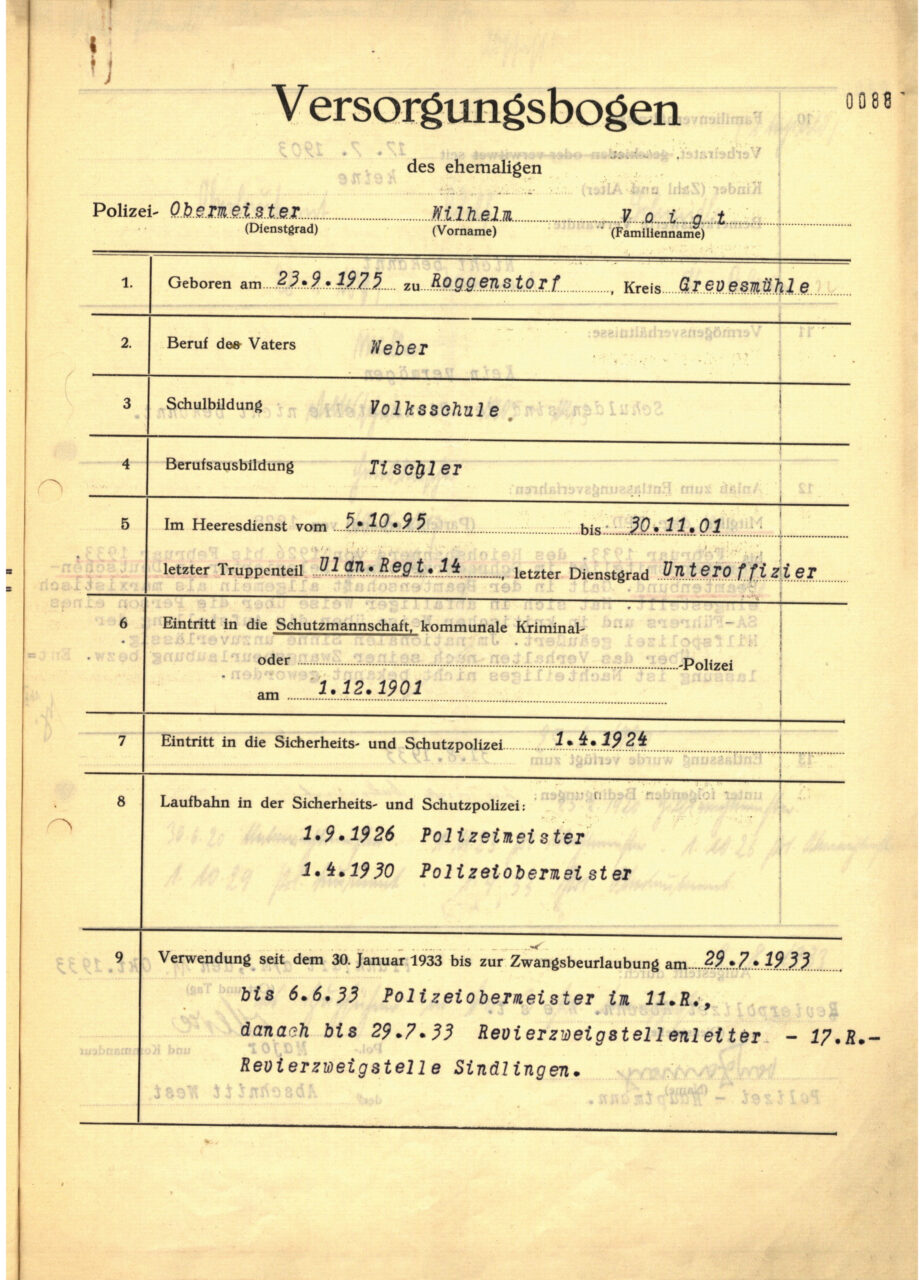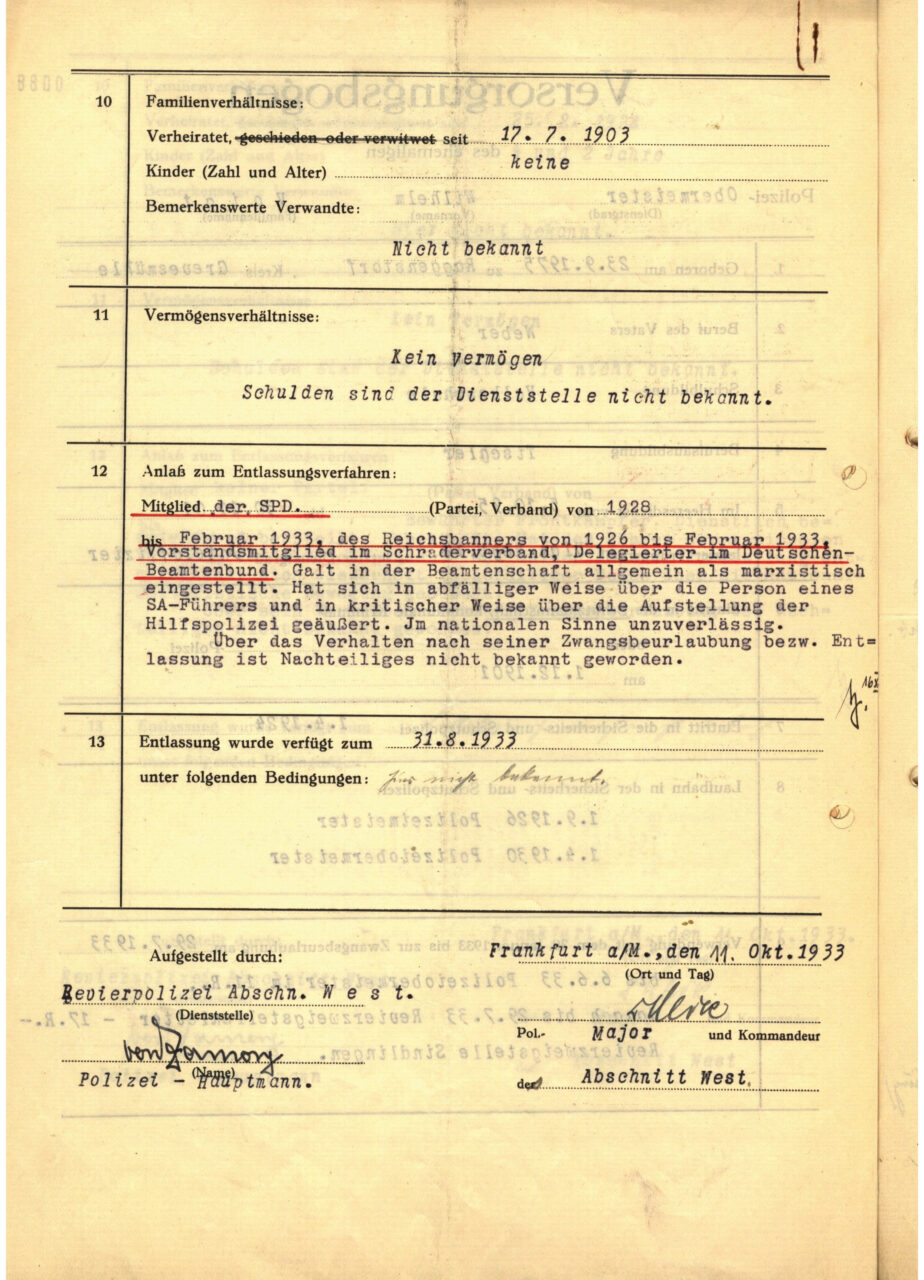The term Gleichschaltung refers to the process of standardisation of all political, social and private life in Nazi Germany. This process began after the National Socialists came to power in 1933 and was largely completed by 1934. The aim was to abolish any kind of pluralism in state and society and to replace it with uniform organisations loyal to the National Socialist ideology.


The decisive prerequisite for the measures was the Enabling Act of March 1933, which gave Hitler powers in the legal and contractual spheres.
The starting point for the process of Gleichschaltung at the Land administration level were the two Gleichschaltungsgesetze of March 1933 and April 1933, which stripped the Länder of their relative sovereignty. The state parliaments were dissolved. The NS Reich governors took the place of the state governments. They controlled the further implementation of the »Laws on the Reconstruction of the Reich«.
The completion of the »Gleichschaltung of the Länder« is generally dated to February 1934 with the dissolution of the Reich Council and the takeover of the Länder justice administrations. This process was then legalised afterwards via the Reichstag Fire Decree. The Reich government took over the legislative, executive and judicial powers that had previously resided with the individual states of the German Reich.
In March 1933, the gradual »Gleichschaltung of party and state« also began. First the KPD was banned, followed by the SPD in June 1933. The members of both parties became victims of mass arrests. After the bourgeois parties had dissolved themselves and the formation of new parties had been banned in July, Germany also formally became a one-party state with the legal elevation of the NSDAP to the status of state party in December 1933.
The NSDAP was declared a public corporation. Along the way, the offices of Reich President and Reich Chancellor were merged into one. This completed the transformation of the German Reich into the »Führer State«.
The Gleichschaltung also included the social level. All trade unions, associations and organisations were dissolved and replaced by uniformly organised Nazi institutions such as the German Labour Front and the Hitler Youth. This was followed in 1936 by compulsory membership of the National Socialist youth organisations, which was regulated by law.
The associations and organisations concerned often reacted to the Gleichschaltung with a lenient position. No club or other organisation could escape dissolution through transfer to a Nazi organisation. Those that did not conform or bend went underground or into resistance.
The term Gleichschaltung, as apt as it may seem, comes from National Socialist terminology. This should always be borne in mind when using the term.